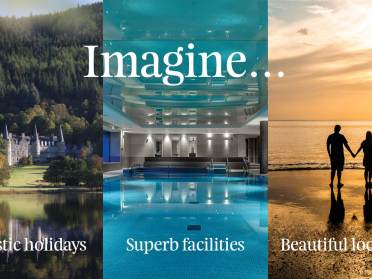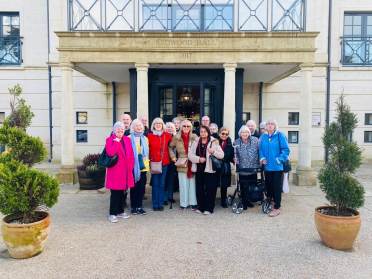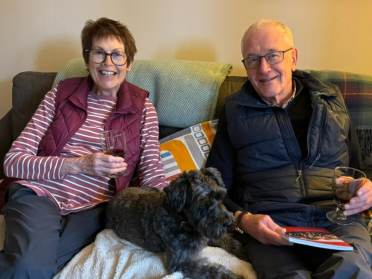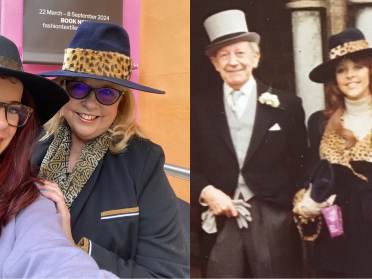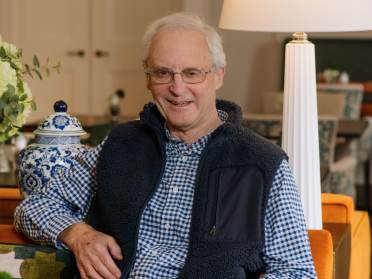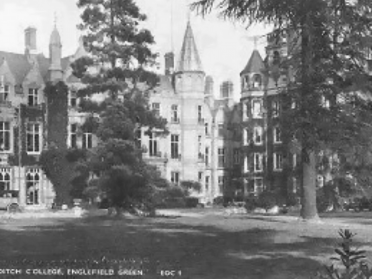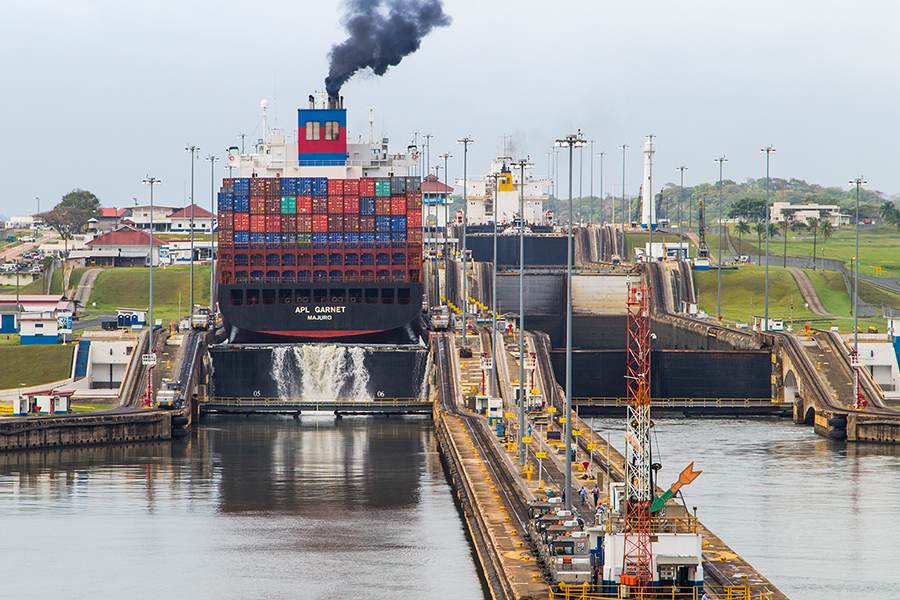
Many Audley owners are advocates of travel in retirement. The Panama Canal is a monumental feat of engineering, only truly realised when transitioning through its several locks. Mr Hacker and his wife, owners at Audley Cooper’s Hill in Surrey, kindly share below their experiences of visiting this part of the world.
The Panama Canal is arguably one of the world’s greatest feats of engineering and, like an iceberg, 90% of the engineering is under water and only partially visible when the canal’s locks are emptying. As you glide along the 82 kilometres of the canal it all looks very calm and serene, but the moment you enter the first lock you begin to realise this is something special.
A B R I E F H I S T O R Y
The idea for a canal across Panama dates to the 1500's but it wasn’t until 1880 that any work began. Count Ferdinand de Lessops from France had successfully built the Suez Canal and thought he could do the same again.
It soon became clear that a sea level canal was not going to be feasible through the hilly terrain and the plan was abandoned and a redesigned route, this time based on a proper survey, introduced several locks.
Work was plagued by malaria due the mosquito infestations arising from the heat and humidity, and cholera from bad drinking water. Lives were cheap with an estimated 20,000 deaths. Despite making significant inroads funding ran out in 1888 and work stopped.
The US purchased the canal for $40 million in 1902 and completed the work in 1913 at a cost of $350 million and a further 5,6000 lives. At that time Panama was not politically stable and the US had to create an administration zone around the canal to provide a safe and secure passage for ships.
As the local politics stabilised, Panama put increasing pressure on the US to gain control of the canal. After several years of negotiation, the administration of the canal was returned to Panama in 1999.
B U I L D I N G T H E C A N A L: T H E S T A T I S T I C S
The statistics regarding the building of the original canal are quite staggering:
- 200 million cubic metres of rock and dirt had to be excavated
- Construction of the locks required 3.4 million cubic metres of concrete and each transit requires 200 million litres of water
- The average monthly rainfall in the Canal region is in excess of twelve inches. A transit of the canal takes around eight to ten hours compared with the alternative of two weeks sailing around South America. The canal has consequently been a major success.
- The first millionth ship passed through in September 2010 and annually some 14,000 transits are made carrying over 252 million tons of cargo which generates over $2.5 Billion in fees annually.
But success brings problems and the size of the locks and the depth of the canal itself had become an issue. A hundred years had passed since the canal was opened and the size of modern ships had grown considerably.
The canal expansion project was initiated in 2007 and it was eventually completed in 2016 at an estimated cost of $5.2 Billion.
T R A N S I T I O N I N G T H R O U G H T H E P A N A M A C A N A L
Our first transit of the canal was in 2014 onboard a cruise ship; the magnificent Regent Navigator, a 60,000-ton vessel. We approached the Gatun Lock in Colon at the Atlantic end of the canal, ahead of us was a container ship already in the lock chamber.
Immediately we could see there was little space between the ship and the lock sides and water was overflowing the lock gates due to the size of the ship. The Gatun Lock comprises three chambers which together lift the ship 26 metres.
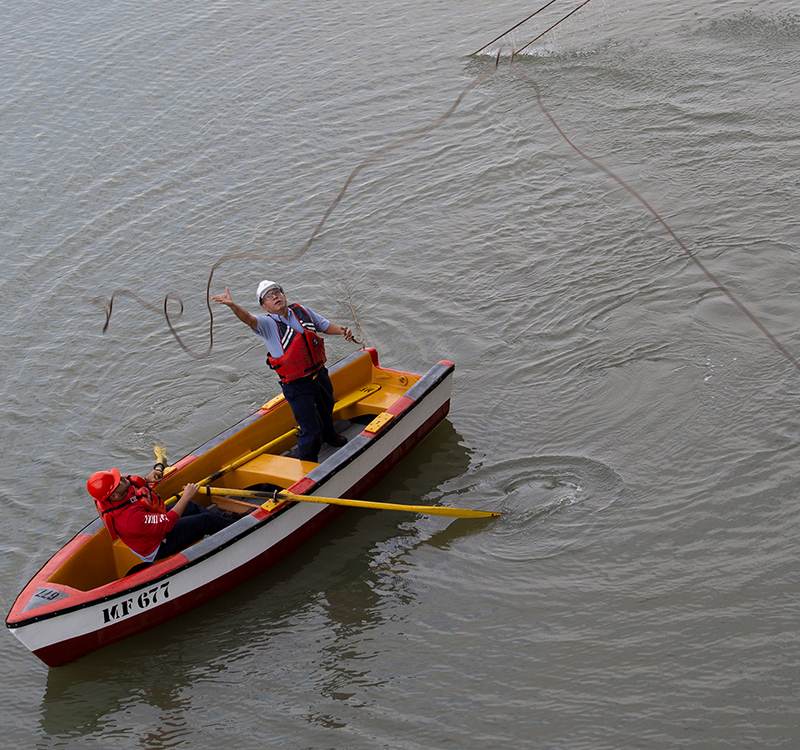
Ships enter the lock chambers under their own power but are held in place by heavy locomotives, called Mules, three each side. As our ship approaches the lock, a small rowing boat approached and ropes are thrown from our ship and are caught by the man standing at the stern of the rowing boat.
This rope is then attached to another rope which in turn is attached to the waiting Mule. These ropes are pulled across to attach a heavy steel hawser between the Mule and the ship. This may appear an antiquated and possibly haphazard method, but local experience has shown this is still the best approach.
It is best to stand on a lower deck as the lock walls stretch way above you. The process takes some eight minutes requires 100,000 cubic metres of water. Once through the first chamber the process is repeated twice more before your ship is free to proceed into the main Gatun Lake.
A D J U S T I N G T O C R U I S E S H I P S
In 2019 our transit was on board the Queen Elizabeth, some 90,000 tons. The canal has size constraints, known as Panamax, set by the dimensions of the locks. The Queen Elizabeth was designed the meet these constraints and is the largest size allowed to use the Canal.
Looking down from the upper decks of the Queen Elizabeth you get a feel for how little space there is between the side of the ship and lock chamber; just enough to allow free movement of water. The Canal Expansion project introduced a bigger size, Neo Panamax, which is some 40% larger.
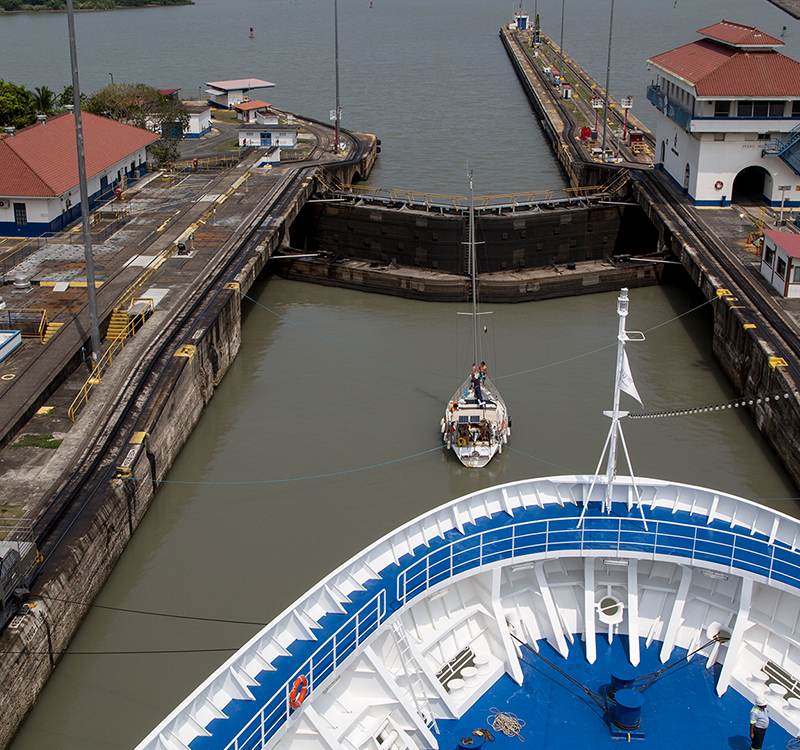
During our transit on board the Regent Navigator I was interested to see this small yacht sharing the lock with us. It must have been very intimidating to have 60,000 tons of cruise liner a few metres away!
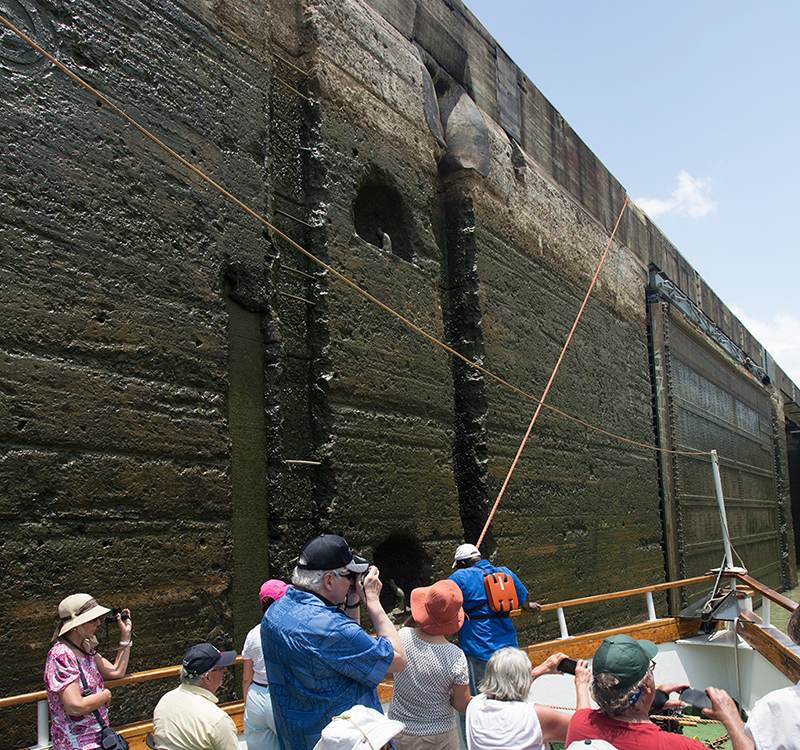
We have been fortunate to complete the transit of the Panama Canal two and half times. In 2015 we were on a Caribbean cruise and took an excursion on a small tourist boat through the Pacific locks. This boat was 300 tones, minuscule by comparison.
Experiencing the locks in a much smaller boat really helped us to appreciate the size and magnificence of the engineering used to build the Panama Canal.
You don’t need to be on a cruise to see the canal, there are excellent visitor centres at both the Atlantic and Pacific ends. The roads are good and there is also a train that runs the length of the canal.
If travelling with a party its possible to charter the small boat we took in 2015. However majestic the canal is it is probably not a venue to go just to see but if you like cruising then is surely should be one of those bucket-list destinations.
Thank you Mr and Mrs Hacker for this interesting account of a unique and beautiful trip.
Our owners have shared some wonderful stories with us. Read more on Audley Stories.


